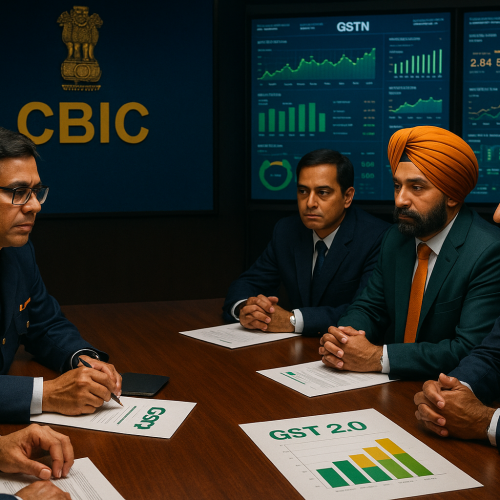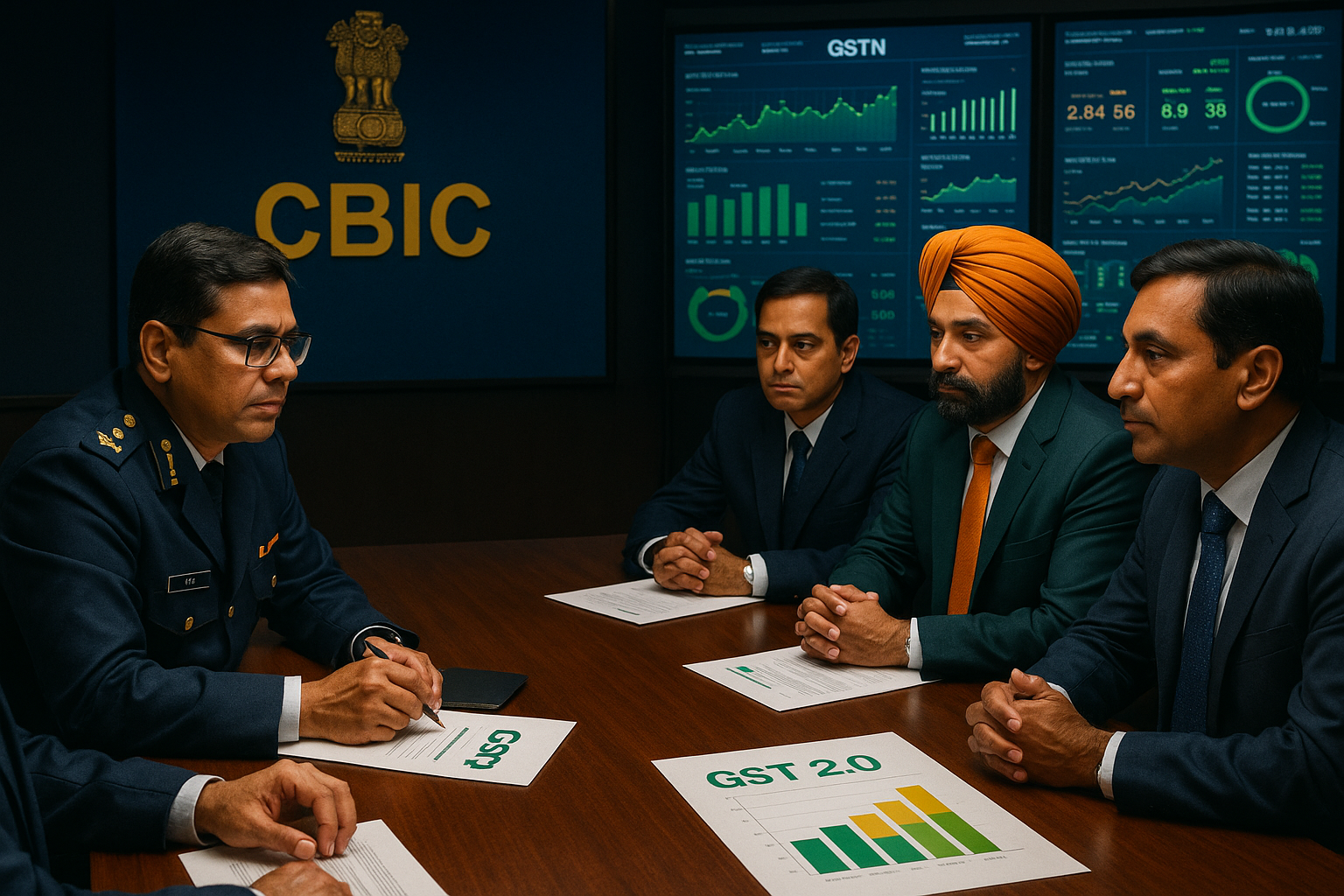Chief Economic Adviser (CEA V. Anantha Nageswaran) has clarified that India is not pushing for an alternative to the US dollar, despite global discussions on de-dollarization. Instead, India is focused on strengthening the rupee’s role in trade settlements, improving currency stability, and aligning with international financial norms.
His statement reassures markets that India remains committed to a balanced and pragmatic approach, avoiding disruptions to global trade flows while pursuing greater resilience in its external sector.
Core Development
Speaking at an industry event, Nageswaran emphasized that India’s priority is not to replace the US dollar but to:
Expand the use of the rupee in bilateral trade settlements with partner nations.
Enhance currency stability to support investors and exporters.
Align India’s financial systems with global best practices while safeguarding domestic interests.
He noted that while some countries are exploring alternatives to dollar dominance, India’s approach is to complement, not compete with existing global frameworks.
Key Drivers Behind the Clarification
Global Trade Dependence: USD remains the anchor of international finance.
Market Stability: Avoiding volatility that could arise from de-dollarization drives.
Domestic Priorities: Strengthening India’s financial credibility and rupee settlement ecosystem.
Stakeholder Impact
Businesses & Exporters: Clarity ensures smoother planning for trade settlements.
Investors: Reassurance of policy stability strengthens confidence in Indian markets.
Government & RBI: Reinforces credibility as a pragmatic and globally aligned economy.
Industry & Policy Reactions
Analysts welcomed the clarification, noting it sends a reassuring signal to global investors at a time of heightened currency debates. Economists stressed that India’s focus on incremental rupee internationalization is a more sustainable path than aggressive alternatives to the dollar.
Challenges Ahead
Global Volatility: Tariff shocks and geopolitical tensions could still affect currency stability.
Rupee Settlement Expansion: Wider acceptance by trading partners will take time.
Policy Balancing: Encouraging rupee use while staying aligned with USD-based trade norms.
Strategic Outlook
India’s approach highlights a measured path to currency resilience, focusing on strengthening the rupee’s position rather than displacing the dollar. Over time, building trust through stable policy, deep markets, and global cooperation will be key to expanding the rupee’s role in global trade.
Why This Matters
Global debates on de-dollarization carry significant implications for trade and capital flows. India’s stance underscores its intent to remain a reliable, stable, and pragmatic player in global financial markets, while gradually enhancing the rupee’s influence.











